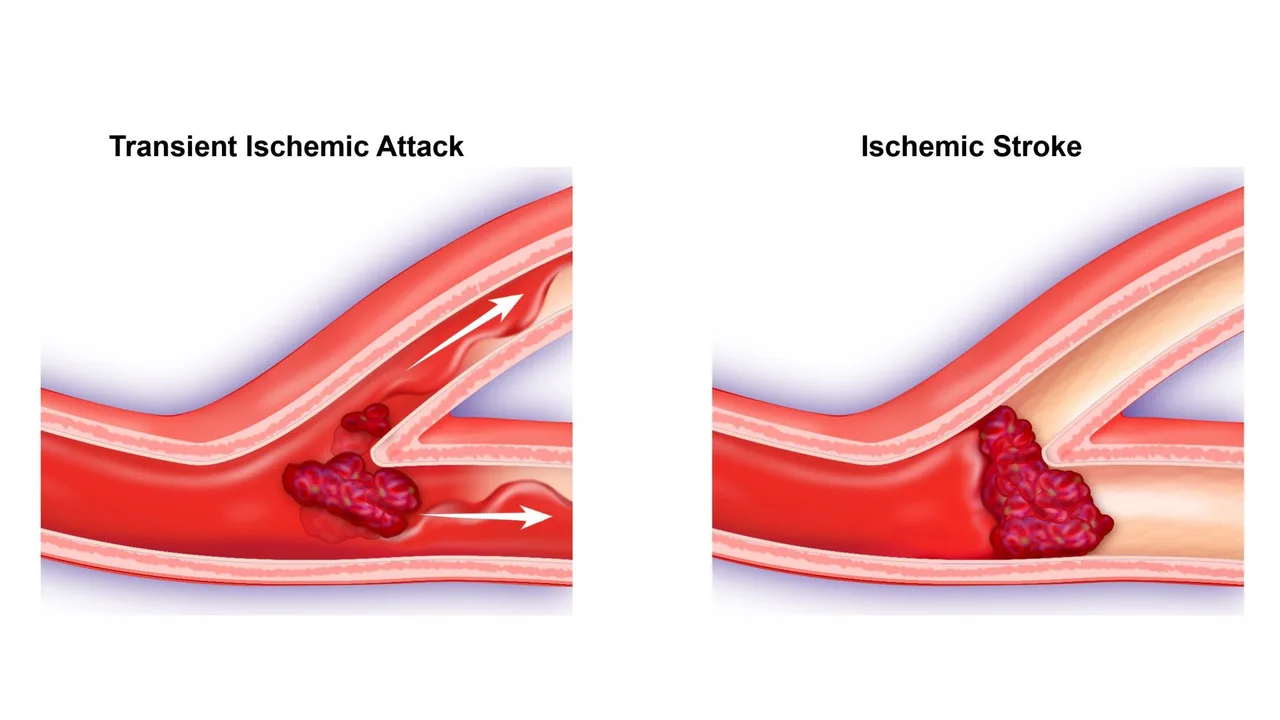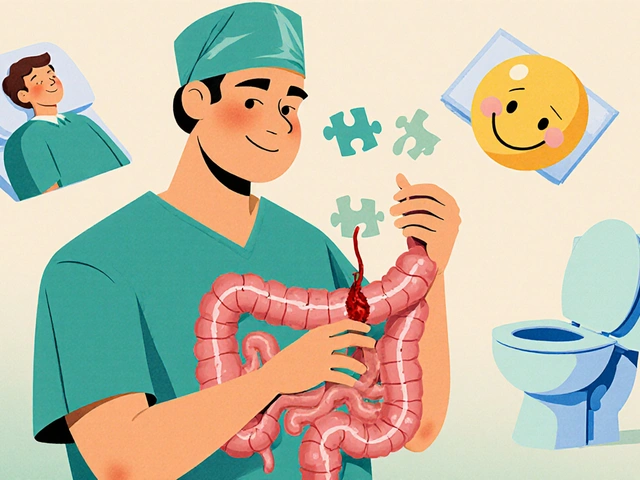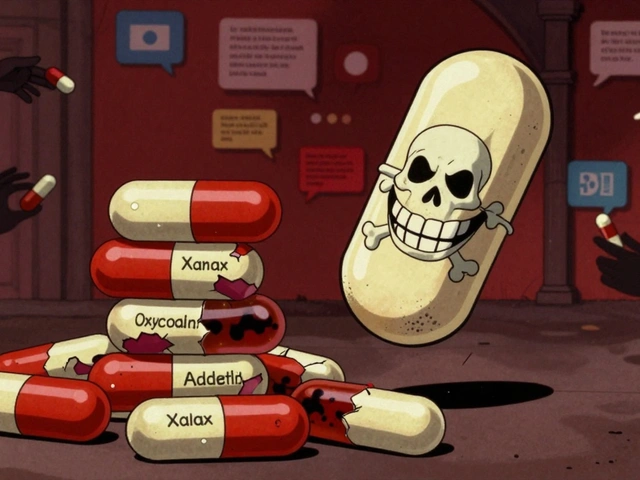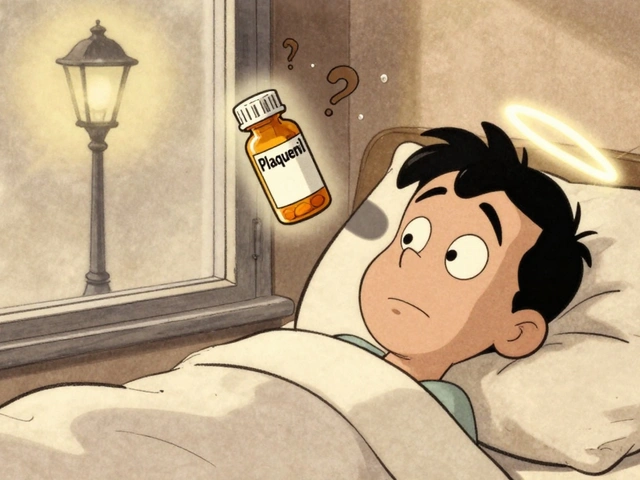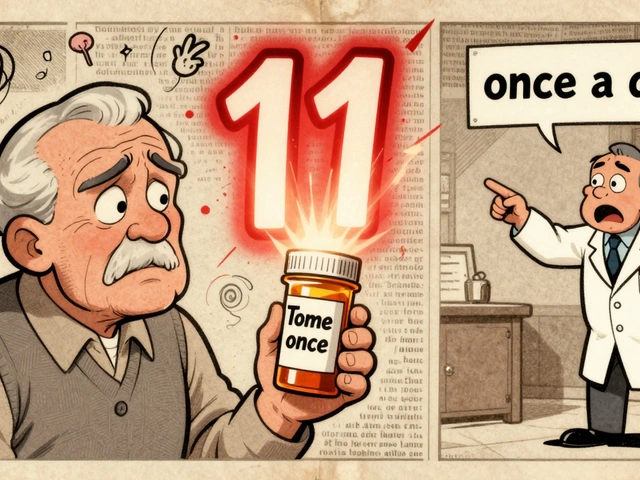Transient Ischemic Attack (TIA) – What It Is, Signs, and How to Respond
A Transient Ischemic Attack, or TIA, is often called a “mini‑stroke.” It happens when blood flow to part of the brain stops for a short time, usually under 24 hours. Because the blockage is brief, symptoms disappear quickly, but the warning is real – a TIA often precedes a full‑blown stroke. Knowing the basics can save your brain and your life.
Spotting a TIA: Symptoms You Can’t Ignore
TIAs look a lot like strokes, just faster. Common clues include sudden trouble speaking or understanding speech, a weak or numb face, arm, or leg (often on one side), and loss of vision in one eye. Some people feel dizzy, loss of balance, or a sudden severe headache. The key is that these signs appear abruptly and then fade within minutes to an hour. If you notice any of these, treat them as an emergency – even if they go away. A quick call to emergency services is the safest move because doctors can run tests and start preventive treatment before a bigger stroke strikes.
Immediate Actions and Long‑Term Prevention
First thing: call 911 or your local emergency number. Don’t wait to see if the symptoms disappear – the brain is fragile, and early treatment cuts damage. While help is on the way, note the exact time symptoms began; doctors use that information to decide on clot‑busting drugs if a stroke is diagnosed.
After the emergency phase, focus on preventing another TIA. Most TIAs share the same risk factors as strokes: high blood pressure, high cholesterol, diabetes, smoking, and a sedentary lifestyle. Getting these under control makes a huge difference. Here’s a simple checklist:
- Blood pressure: Keep it below 130/80 mm Hg. If medication is needed, take it exactly as prescribed.
- Cholesterol: Aim for low LDL numbers. A diet rich in fruits, veggies, whole grains, and lean protein helps, and statin drugs may be recommended.
- Blood sugar: If you have diabetes, monitor your glucose and follow your doctor’s plan for diet and meds.
- Quit smoking: Even a few cigarettes a day raise clot risk. Talk to your doctor about patches, gum, or meds that make quitting easier.
- Stay active: Moderate exercise – like brisk walking 30 minutes most days – improves circulation and heart health.
Regular check‑ups are crucial. Your doctor may suggest an ultrasound of the neck arteries, a heart rhythm monitor, or blood tests to spot hidden problems. If atrial fibrillation (an irregular heartbeat) is found, blood thinners can dramatically lower stroke risk.
Don’t forget the small habits that add up. Limit salty foods, keep alcohol intake low, and manage stress with simple techniques like deep breathing or short walks. Most importantly, keep a medication list handy and tell every health professional about it, especially if you’re on blood thinners or antiplatelet drugs.
Remember, a TIA is a warning shot, not a full‑blown stroke. Treat it like a fire alarm – act fast, then follow up with solid prevention steps. By staying alert to symptoms, getting immediate help, and keeping risk factors in check, you can dramatically lower the chance of a future stroke and protect your brain for the long run.
